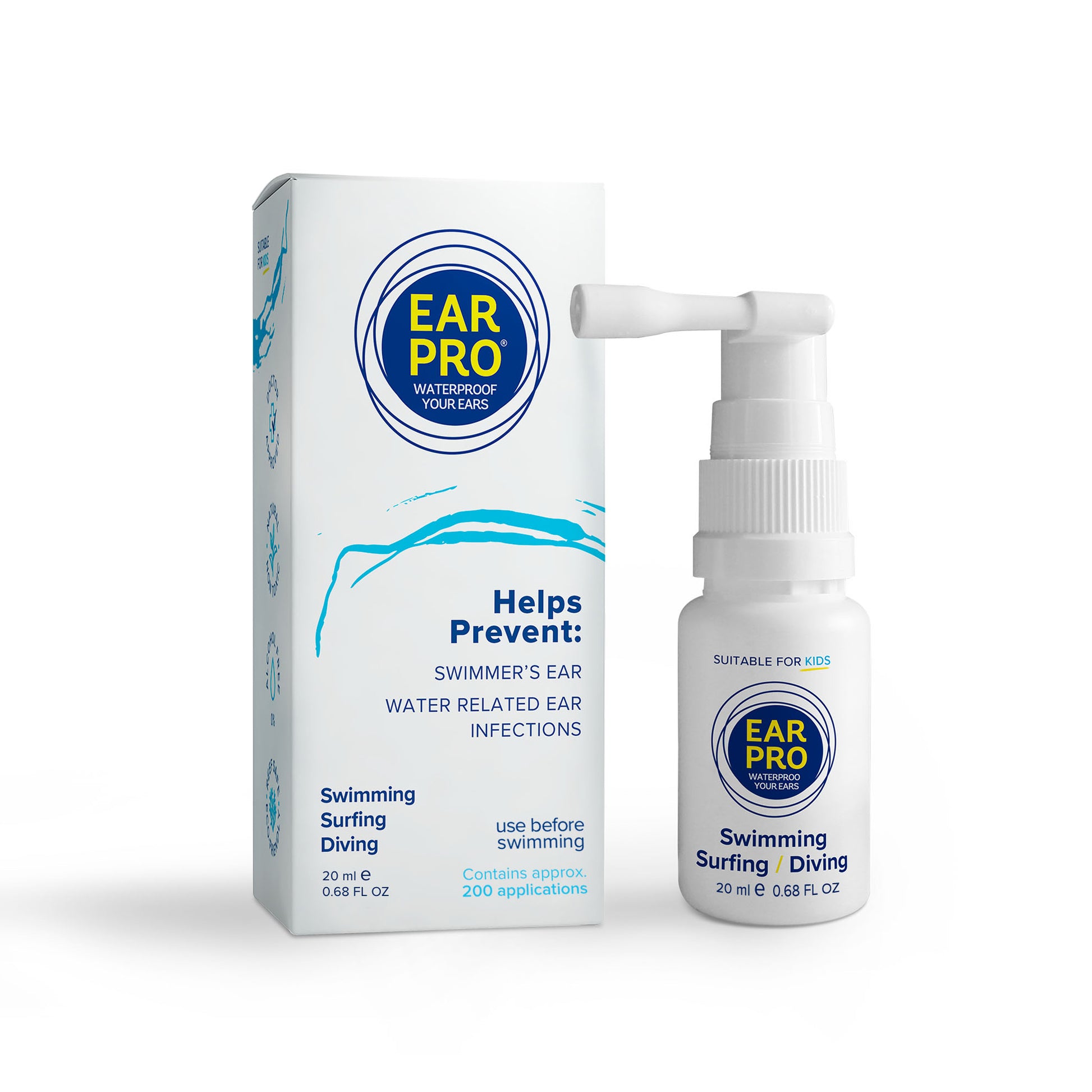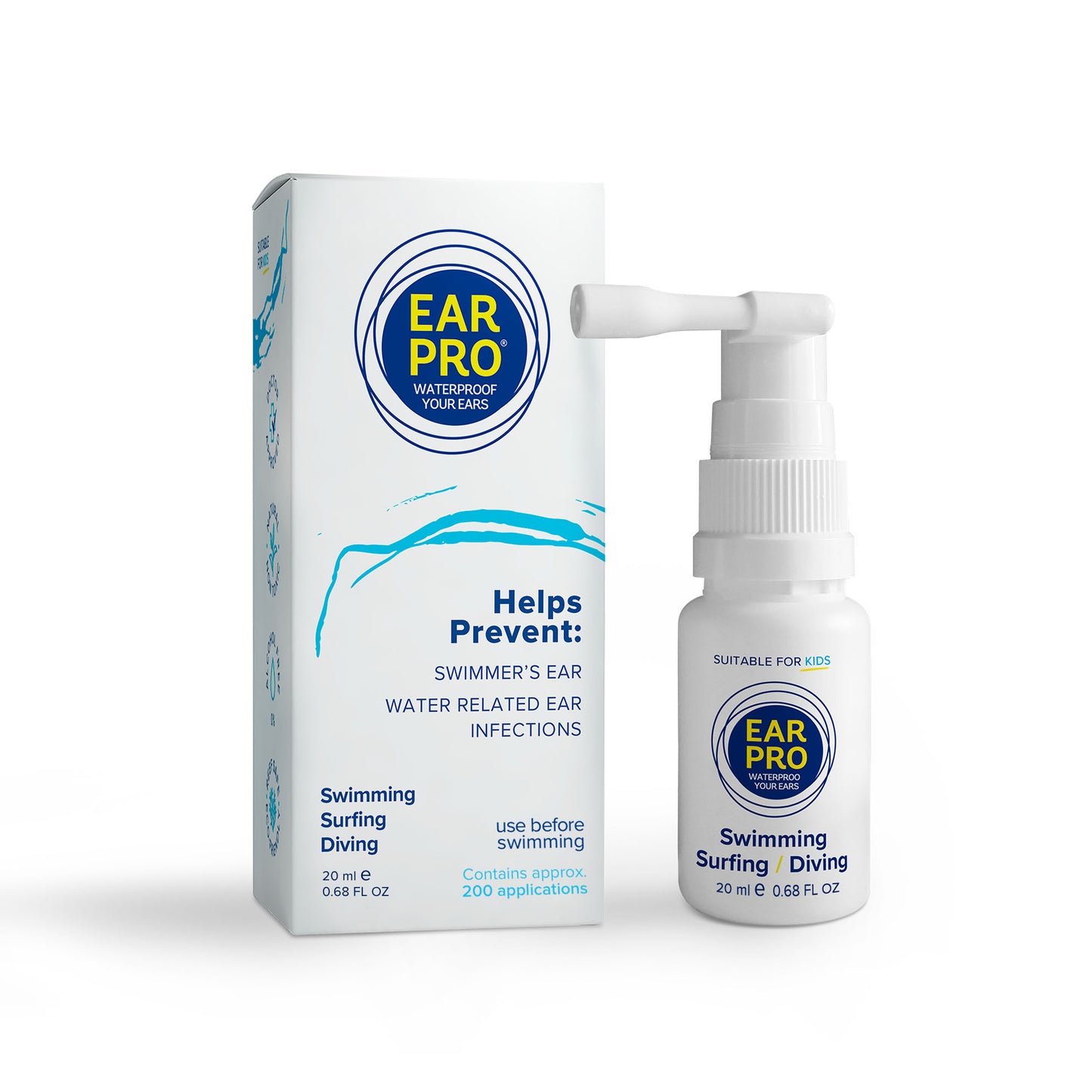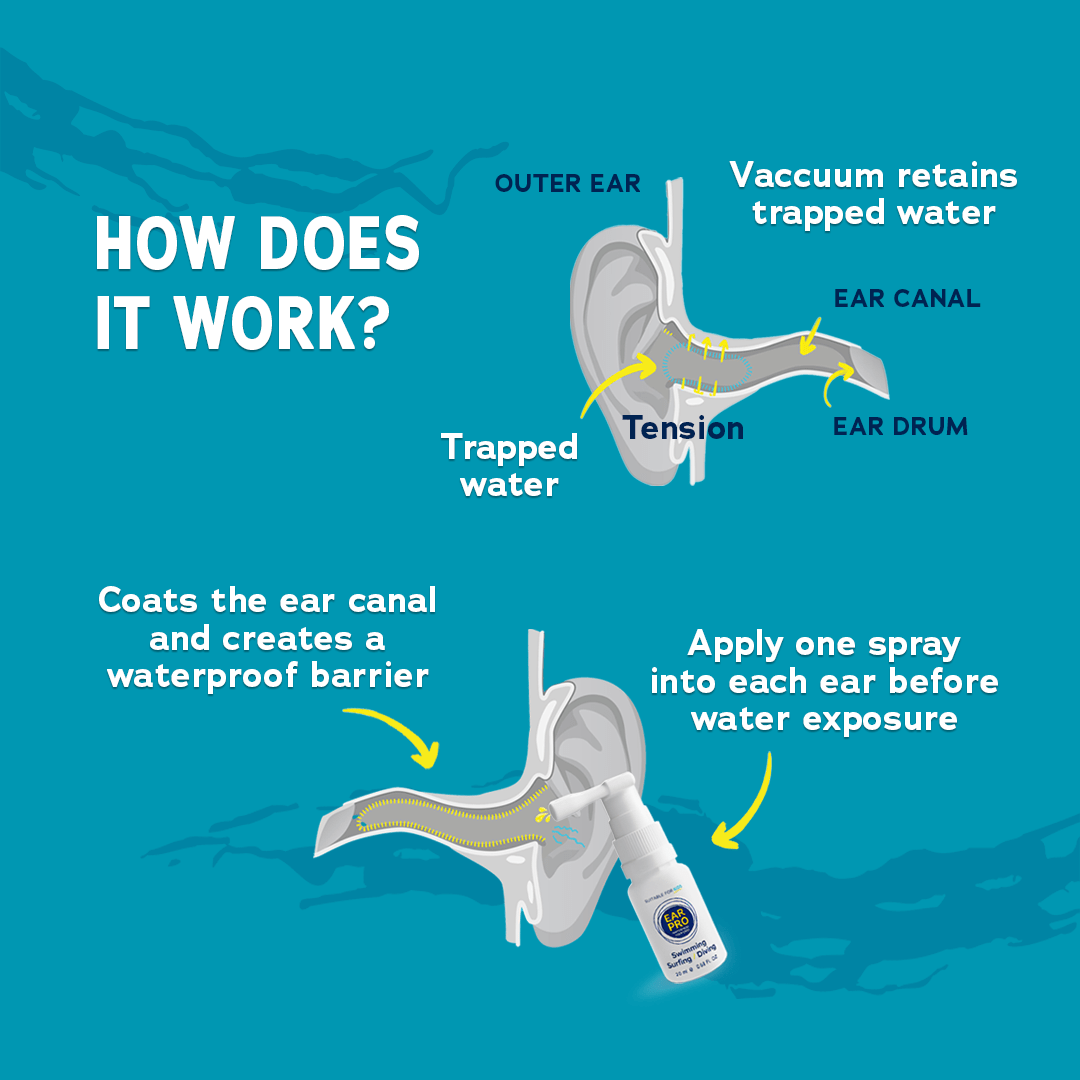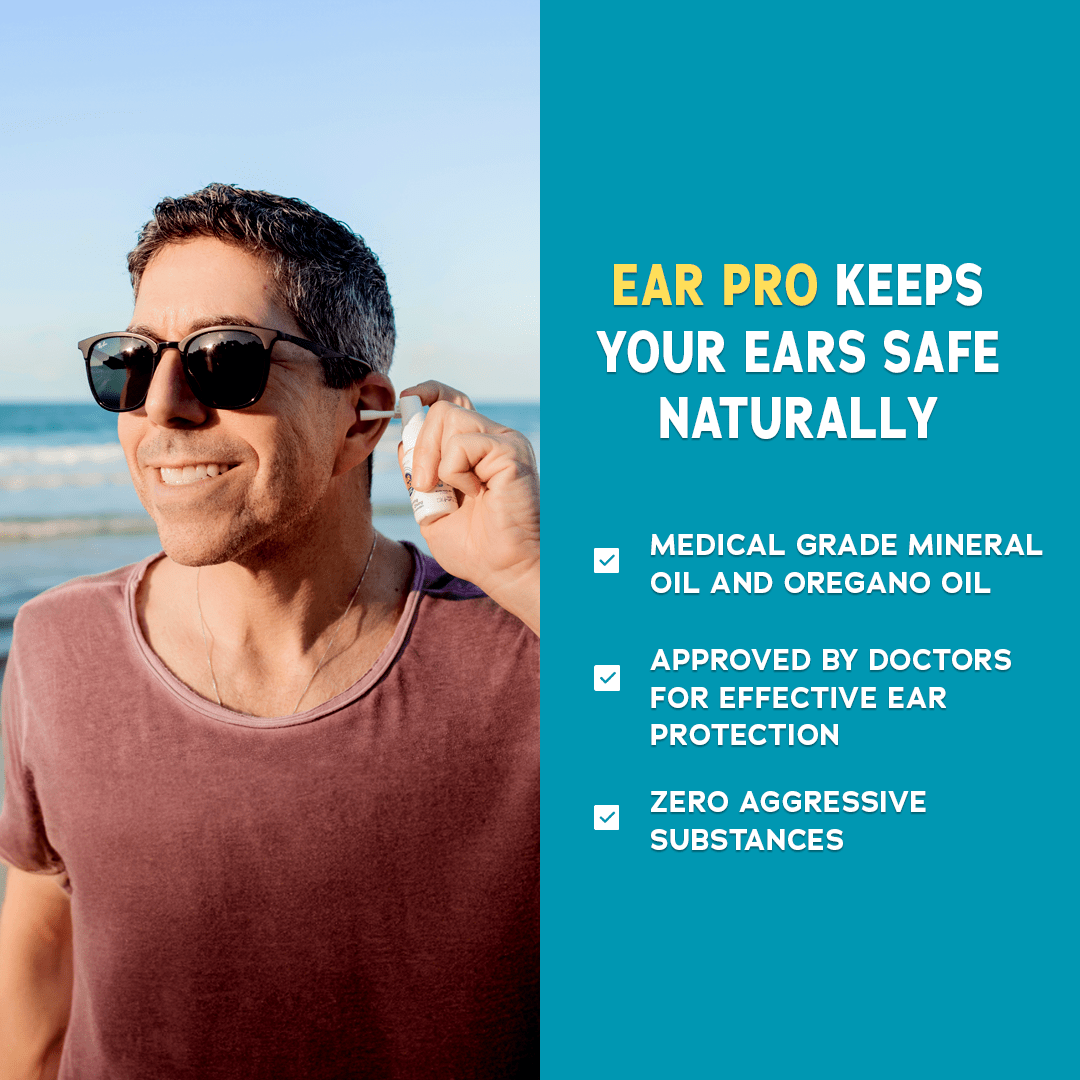Bioluminescent waves in Southern California, often referred to as "red tides," are a mesmerizing marine bioluminescence phenomenon along the coastline.
These glowing waves occur due to blooms of certain algae species, particularly dinoflagellates like Lingulodinium polyedra.
When agitated by waves or movement, these microorganisms emit a blue glow, creating a surreal experience for beachgoers.
Table of Contents
1. The Science Behind the Glow
2. Notable Sightings in Recent Years
3. Best Viewing Locations in Southern California
4. Best Spots for Surfing Bioluminescent Waves in Southern California
5. When to See Bioluminescent Waves?
6. Factors Influencing Bioluminescence
7. Cultural & Historical Significance
8. Tips for Safely Viewing Bioluminescence
9. Photography & Videography Guide
10. Preserving Bioluminescence: Conservation Efforts
11. Conclusion
12. Frequently Asked Questions
The Science Behind the Glow
The light production in dinoflagellates results from a biochemical reaction involving the enzyme luciferase and the molecule luciferin.
When disturbed, the reaction produces light, typically lasting around 0.1 seconds.
This phenomenon serves as a defense mechanism against predators, contributing to the oceanic light phenomena observed along coastlines worldwide.
Other Bioluminescent Marine Life
While dinoflagellates dominate coastal bioluminescence, other marine organisms exhibit this ability:
-
Jellyfish (Aequorea victoria) – Emit green fluorescence due to GFP (Green Fluorescent Protein)
-
Firefly squid – Found in the deep sea, these squids light up for communication and hunting
-
Luminous bacteria – Responsible for the rare Milky Sea Effect, where vast oceanic regions glow continuously, adding to the diversity of phytoplankton light displays in the ocean.
Notable Sightings in Recent Years
October 2024
Massive nighttime ocean glow was witnessed along Newport Beach, San Clemente, Playa del Rey, and Ventura, lasting nearly three weeks.
Witnesses described the glow as particularly intense, with waves leaving streaks of blue light in their wake
April 2023
Widespread coastal water illumination in San Diego and Orange County had attracted night photographers and ocean enthusiasts.
A red tide accompanied the event during the day, which later transitioned into glowing waters at night
August 2021
A prolonged bloom led to sea plankton glow along Huntington Beach, Laguna Beach, and Redondo Beach.
This event was one of the longest-lasting in recent years, with bioluminescence observed for over a month in some locations
Best Viewing Locations in Southern California
While bioluminescent events in Southern California are unpredictable, some beaches have historically offered the best chances.
Some of the best locations include beaches with less artificial light pollution, deeper coastal waters, and gentle surf conditions that allow dinoflagellates to gather and produce their signature glow.
1. San Diego County
-
Mission Beach – Long stretches of sand make it ideal for late-night nocturnal water luminescence viewing with minimal light pollution
-
La Jolla Shores – Kayakers and paddleboarders often note glowing trails left in the water as they move through the phytoplankton light displays
-
Blacks Beach – A secluded beach with fewer crowds, providing an excellent setting for witnessing the natural ocean light show without artificial lighting interference
2. Orange County
-
Laguna Beach – The rocky tide pools and quiet coves enhance the bioluminescent glow, creating a magical effect at night. The tide pools, in particular, have been known to light up when disturbed by waves or marine life
-
Newport Beach – This area has been a hotspot for bioluminescence, with large blooms lighting up the waves for weeks at a time. It is one of the most frequently reported locations for bioluminescent waves in SoCal
-
Huntington Beach – With its wide shoreline, this beach provides an expansive view of glowing waves in SoCal, making it a favorite among night photographers. The bioluminescence here has been observed during both strong surf and calm conditions
3. Los Angeles County
-
Venice Beach – Despite being a popular tourist destination, certain sections away from the pier offer dark spots for better bioluminescence viewing. Observers recommend visiting after 10 p.m. for the best chances of seeing the glow
-
Playa del Rey – A quieter alternative to Venice Beach, this location is ideal for those looking to enjoy glowing waves in SoCal in a more peaceful setting. The beach’s deeper waters and relative seclusion make it a prime location for bioluminescent activity
4. Northern California & Baja Peninsula (Bonus)
-
Tomales Bay – A renowned bioluminescent kayaking spot where paddlers can witness glowing trails in the water as they move. The calm waters make this one of the best places for experiencing bioluminescence in a controlled setting
-
Bahía de los Ángeles (Baja California, Mexico) – Known for its rich marine life and pristine waters, this location offers breathtaking displays of bioluminescence. Bioluminescent activity here is particularly prominent in the summer months
-
Catalina Island – Accessible by ferry from Los Angeles, this island occasionally experiences bioluminescent events in Southern California in its sheltered coves, offering a stunning backdrop for night excursions. Kayakers and snorkelers often report glowing trails following their movements through the water
Best Spots for Surfing Bioluminescent Waves in Southern California
Bioluminescent events are unpredictable, but certain beaches have historically provided excellent opportunities for surfers to catch glowing waves in SoCal:
-
Huntington Beach – Known as "Surf City USA," Huntington Beach offers consistent waves and has been a hotspot for bioluminescent displays
-
Newport Beach – The area around Newport Pier is popular for both surfing and witnessing bioluminescent waves in Southern California
-
Laguna Beach – With its picturesque coves, Laguna Beach provides surfers with opportunities to experience bioluminescence in a scenic setting
-
Encinitas – This laid-back beach town offers great surf spots like Moonlight State Beach, where bioluminescent waves in Southern California have been observed
-
San Clemente – Beaches in San Clemente offer surfers a chance to ride glowing waves in SoCal.
Check out these California wave guides to find ideal surf breaks that coincide with bioluminescent events.
Essential Surf Gear for Night Surfing
Surfing at night, particularly during bioluminescent events in SoCal, requires specific gear to ensure safety and enhance the experience:
-
Surfboard: Choose a board suitable for your skill level and the specific wave conditions of your chosen beach
-
Leash: A leash keeps you connected to your board, preventing it from drifting away in the dark
-
Wetsuit: A wetsuit provides thermal protection during cooler nights and adds a layer of safety against potential scrapes
-
Surf Wax or Traction Pad: Ensures your feet maintain grip on the board, crucial for stability, especially when visibility is low
-
Ear Protection: Cold water and prolonged exposure can lead to surfer’s ear. Protect yourself with earplugs or medical-grade mineral oil-based ear sprays, like Ear Pro, to create a barrier against waterborne bacteria and infections. Learn more about ear protection for surfers and surfer’s ear protection tips for a safe experience
-
Illumination: While the bioluminescence provides some light, consider using waterproof LED lights on your board for added visibility
Check out essential surf gear reviews to see recommendations on wetsuits, leashes, and other must-have items for night surfing.
Safety Tips for Night Surfing
Here are some water safety tips for surfers to keep in mind when heading out for a nighttime session. Prioritize safety by:
-
Surfing with a Buddy: Always have a partner to ensure mutual safety and assistance if needed
-
Familiarizing Yourself with the Break: Surf spots you know well to anticipate wave patterns and potential hazards
-
Checking Local Conditions: Stay informed about current water quality and any advisories related to harmful algal blooms
-
Using Proper Illumination: Equip yourself and your board with appropriate lighting to enhance visibility without disrupting the natural ambiance
By selecting the right location, timing your session appropriately, and equipping yourself with the necessary gear, you can safely enjoy the surreal experience of surfing bioluminescent waves in SoCal.
For those exploring the best beaches, top California surf spots can guide you to locations where bioluminescence and great waves intersect.
If you're looking for optimal wave conditions, explore the best surf conditions in America to identify top surfing destinations with consistent swells.
When to See Bioluminescent Waves?
Bioluminescence is most commonly seen between February and September, peaking in spring and summer when ocean conditions favor plankton blooms.
However, bioluminescence can occur year-round, depending on oceanic conditions and weather patterns.
Following periods of heavy rain, nutrient-rich runoff can trigger plankton blooms that later develop into bioluminescent displays.
Best Conditions for Viewing:
-
New Moon Nights – Darker skies enhance visibility by reducing ambient light interference from the moon. Coastal observers recommend avoiding full-moon nights, as excessive brightness can wash out the bioluminescence
-
Time of Night (9 p.m. – 3 a.m.) – Peak brightness occurs when the ocean is least disturbed and artificial light is minimal. According to recent reports, the glow is often strongest around midnight
-
Calm, Warm Waters – Favorable temperatures and minimal turbulence encourage dinoflagellate activity and bloom persistence. Water temperatures above 60°F (15°C) are more likely to support long-lasting bioluminescent blooms
-
Recent Red Tide Events – Bioluminescence often follows large algae blooms, which can last for weeks depending on oceanic conditions. Some of the most intense bioluminescence events in Southern California have been linked to prolonged red tides
-
Low Light Pollution Areas – Beaches away from city lights provide the best contrast for viewing bioluminescent waves in SoCal. Locations with minimal background light, such as Blacks Beach and Laguna Beach, often offer superior visibility
-
Incoming or High Tides – More wave action increases the agitation of dinoflagellates, triggering brighter luminescence. Observers recommend checking tide charts to plan visits around high tide cycles
Bioluminescence is most commonly seen between February and September, peaking in spring and summer when ocean conditions favor plankton blooms. While these waves can appear unpredictably throughout the year, certain factors increase the chances of a spectacular display.
Factors Influencing Bioluminescence
Several environmental and ecological factors determine the occurrence and intensity of bioluminescent waves.
While these glowing waters can appear unpredictably, the following influences play a significant role:
Water Temperature
Warmer sea temperatures promote the proliferation of bioluminescent dinoflagellates.
The frequency and brightness of glowing waves in SoCal are often higher during late spring and summer when coastal waters are warmer
Nutrient Availability
Coastal upwelling, river runoff, and organic matter decomposition provide the nutrients necessary for phytoplankton growth.
High nutrient levels can lead to dense algae blooms, increasing the likelihood of bioluminescence
Climate Change Impact
Rising ocean temperatures, shifts in salinity, and increased carbon dioxide levels may alter phytoplankton distribution and bloom frequency.
Some studies suggest climate change could intensify red tides in Southern California
El Niño & La Niña Cycles
These climate oscillations affect ocean currents, nutrient upwelling, and water temperatures.
El Niño events may reduce upwelling, decreasing nutrient availability and limiting blooms, while La Niña conditions can enhance them by promoting colder, nutrient-rich waters
Pollution & Human Activity
Agricultural runoff containing fertilizers, wastewater discharge, and urban pollution can introduce excess nitrogen and phosphorous into the ocean, fostering massive algal blooms.
Some of these blooms may be bioluminescent, but others can be harmful, producing toxins that negatively impact marine ecosystems
Tidal & Lunar Phases
The strength and intensity of waves, along with moonlight conditions, can influence bioluminescence visibility.
Low-light environments, particularly on new moon nights, enhance the glow, while strong tidal movements can stimulate planktonic luminescence
Wave Activity & Water Disturbance
Physical agitation of the water, such as breaking waves, boat movements, or swimming, triggers the light-emitting reaction in dinoflagellates.
Locations with moderate surf or gentle currents often produce the most vivid displays
Cultural & Historical Significance
Indigenous Beliefs and Folklore
Bioluminescence has captivated human imagination for centuries, inspiring myths, scientific exploration, and modern tourism.
Ancient coastal communities, particularly the Chumash and Tongva tribes, inhabited the regions where bioluminescent waves in Southern California are frequently observed.
While no specific written records from these tribes remain, oral traditions suggest deep reverence for the natural elements.
Glowing waters may have been interpreted as omens or messages from marine spirits.
Historical Accounts from Maritime Explorers
Historical accounts of bioluminescence date back to early maritime explorers. Captain James Cook and Charles Darwin documented instances of glowing seas in their travel logs, noting their ethereal beauty and widespread nature.
Darwin, in particular, described bioluminescent waves illuminating the ocean for miles, referring to it as a "sea of fire."
These early observations helped shape scientific curiosity about marine bioluminescence, paving the way for further studies into the microorganisms responsible for this phenomenon.
Tips for Safely Viewing Bioluminescence
Experiencing bioluminescent waves in Southern California can be an awe-inspiring event, but it’s essential to follow safety precautions and ethical guidelines.
Here are some detailed considerations for safely viewing bioluminescence.
Choose the Right Viewing Spot
Selecting a location with minimal artificial light is crucial for maximizing the visibility of glowing waves in SoCal.
Beaches away from urban centers, such as those in San Diego, Laguna Beach, and Tomales Bay, often provide the best viewing conditions.
Additionally, opting for less crowded spots ensures a more immersive experience while reducing disruption to local wildlife.
Respect Marine Life & The Environment
Bioluminescence is a delicate natural phenomenon that should be appreciated without causing harm.
Avoid stepping on or disturbing marine organisms along the shoreline, and refrain from handling bioluminescent water, as excessive agitation can disrupt ecosystems.
Be mindful of tide pools and intertidal zones, as they house fragile marine life that could be impacted by human activity.
Avoid Swimming During Red Tides
While bioluminescent waves are typically harmless, some red tide events produce toxins that can irritate the skin and respiratory system.
Avoid swimming in bioluminescent waters if reports indicate the presence of harmful algal blooms (HABs). If you do enter the water, rinse off with fresh water afterward to prevent potential irritation.
Additionally, prolonged exposure to seawater during red tides can increase the risk of ear infections, making it essential to protect your ears.
Using medical-grade mineral oil-based ear sprays, such as Ear Pro, can help create a protective barrier against waterborne bacteria, reducing the chances of infections and discomfort after ocean exposure.
Minimize Human Impact
To preserve bioluminescent ecosystems for future visitors, practice responsible tourism:
-
Leave no trace: Carry out any trash and avoid littering the shoreline
-
Limit artificial light use: Flashlights and smartphone screens can diminish the glow, so use them sparingly
-
Support conservation efforts: Participate in or donate to local beach cleanups and marine protection programs
By following these safety and ethical guidelines, you can enjoy the magic of bioluminescent waves in Southern California while ensuring they remain a thriving natural wonder for generations to come.
Photography & Videography Guide
Capturing bioluminescence is challenging but rewarding. Here’s how:
Camera Settings for Bioluminescence Photography
-
Use a tripod: Prevents motion blur in long-exposure shots
-
Wide aperture (f/2.8 or lower): Allows maximum light intake
-
Slow shutter speed (10-30 sec): Enhances light capture
-
High ISO (800-3200): Adjust as needed to prevent grainy images
-
Manual focus: Autofocus struggles in low-light conditions
Best Equipment for Bioluminescent Photography
Capturing bioluminescence requires specialized equipment and techniques due to the low-light conditions in which it occurs. Using the right gear can significantly enhance the quality of your images and videos, ensuring you effectively document this rare natural phenomenon.
Camera Selection
For the best results, a DSLR or mirrorless camera with excellent low-light performance is recommended.
Canon, Nikon, and Sony full-frame cameras excel in capturing bioluminescent scenes due to their larger sensors, which allow more light intake.
Models such as the Sony A7S III, Canon EOS R6, and Nikon Z6 II are known for their superior night photography capabilities.
If using a compact camera, select one that allows full manual controls over ISO, shutter speed, and aperture settings.
Lens Choice
A fast prime lens with a wide aperture (f/1.4 to f/2.8) is ideal for bioluminescence photography. Wide-angle lenses like the Sigma 24mm f/1.4, Sony 20mm f/1.8, or Canon RF 15-35mm f/2.8 are excellent choices, as they capture a broader field of view while maximizing light intake.
Tripod for Stability
Because bioluminescence requires long exposure photography, a sturdy tripod is essential to avoid camera shake and ensure sharp images.
Carbon fiber tripods like those from Manfrotto, Gitzo, and Peak Design provide stability while remaining lightweight for travel.
Smartphone Photography
While DSLRs and mirrorless cameras offer the best quality, modern smartphones with advanced Night Mode can capture bioluminescence.
iPhone 15 Pro Max, Google Pixel 8 Pro, and Samsung Galaxy S23 Ultra feature computational photography that enhances low-light images.
Drones for Aerial Bioluminescence Footage
For a unique perspective, drones with low-light cameras can capture stunning aerial footage of glowing waves in SoCal. DJI Mavic 3, DJI Air 2S, and Autel EVO Lite+ have excellent night photography modes. To get the best results:
-
Fly at low altitudes to capture detailed luminescent trails
-
Use long exposure settings and smooth gimbal movement to reduce motion blur
-
Shoot in RAW format for better post-processing flexibility
Preserving Bioluminescence: Conservation Efforts
-
Heal the Bay & Scripps Institution of Oceanography actively monitor coastal health
-
Legislation: Efforts to reduce ocean pollution and regulate wastewater discharge are crucial
-
Beach Clean-Up Events: Organizations host volunteer clean-ups, helping maintain marine ecosystems
Conclusion
Bioluminescent waves in Southern California are one of nature’s most magical spectacles, blending marine science, environmental factors, and cultural significance.
While they remain unpredictable, understanding their science and keeping an eye on real-time reports can increase your chances of witnessing them.
Whether you're an adventurer, photographer, or nature enthusiast, witnessing this coastal natural wonder is an unforgettable experience.
For those planning to surf under the glow, check out night surfing advice to make the most of your session under the stars.
Frequently Asked Questions
1. What causes the glowing effect in ocean waves?
The glow is caused by microscopic organisms called dinoflagellates, which produce light through a chemical reaction when disturbed. This natural defense mechanism results in the stunning blue luminescence seen in the waves.
2. When is the best time to view nighttime coastal light shows along California?
The best viewing conditions are typically between spring and early fall, especially on dark, moonless nights. Peak visibility occurs between 9 p.m. and 3 a.m. when artificial and natural light interference is minimal.
3. Are these luminous waves safe to swim in?
Generally, bioluminescent waters are harmless. However, some blooms may be linked to red tides, which can release toxins that irritate the skin or affect marine life. Before entering the water, it’s best to check local water quality reports.
4. How does marine bioluminescence impact local ecosystems?
Bioluminescence plays a role in predator-prey interactions, as the sudden flash of light can startle or attract other marine creatures. While most occurrences are harmless, prolonged or intense algae blooms may disrupt marine ecosystems by depleting oxygen levels in the water.










